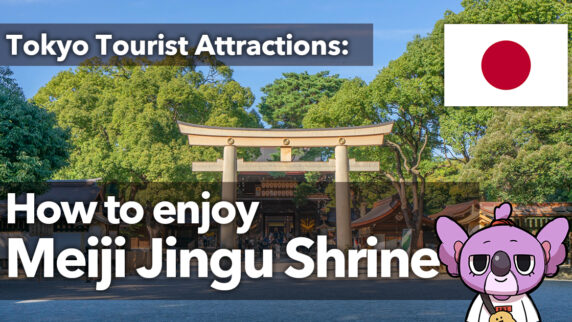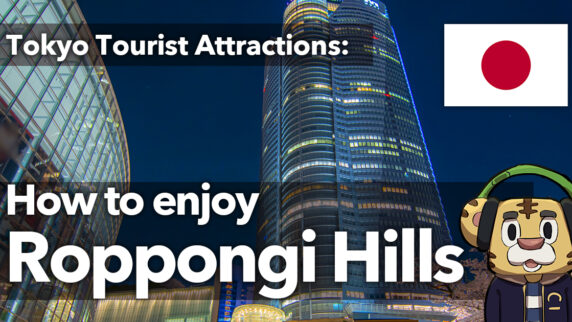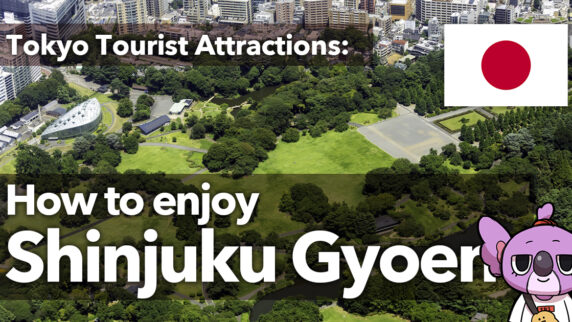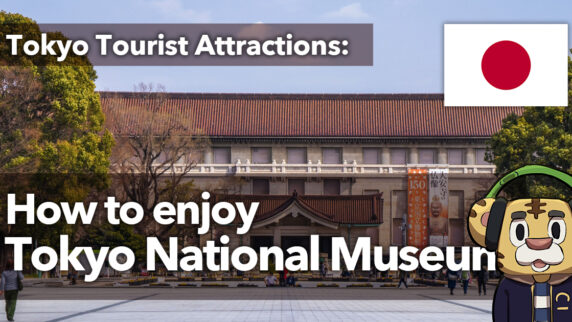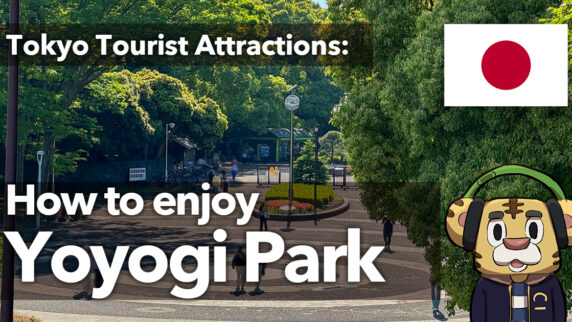 sightseeing
sightseeing Tokyo Tourist Attractions: How to enjoy Yoyogi Park
Yoyogi Park is a vast green area located in the center of Tokyo, and is a popular tourist destination where visitors can relax and forget the hustle and bustle of the city. Covering an area of approximately 54 hectares, the park offers a diverse natural environment and beautiful scenery in all four seasons. In spring, cherry blossoms are in full bloom, attracting many visitors as a cherry blossom viewing spot. In summer, picnics can be enjoyed in the shade of the lush green trees, and in autumn, the park is decorated with autumn leaves. In winter, visitors can enjoy a quiet stroll in the tranquil atmosphere.
Yoyogi Park is known not only for its size and natural beauty, but also for its diverse activities. There are jogging and cycling paths, bird watching areas, and even sports facilities. The park is also dotted with large ponds and fountains where visitors can relax.
On weekends, flea markets and music events are held, always offering something new for visitors to discover. The park is also popular with foreign tourists, who find it more relaxing than other tourist destinations in Tokyo. Yoyogi Park is a soothing place to enjoy nature and temporarily forget the energetic city life of Tokyo.

